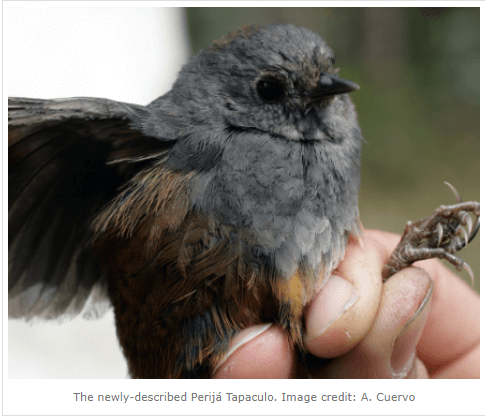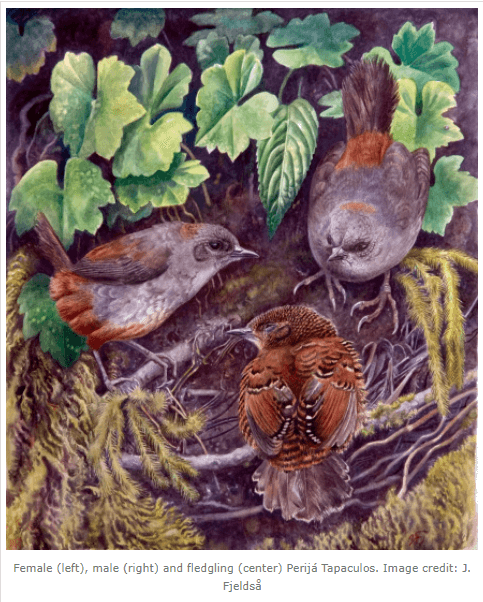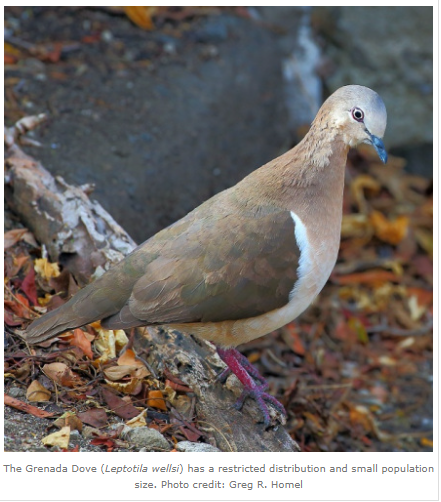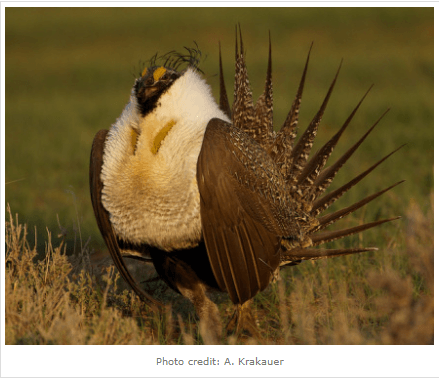(April 22, 2015, The Condor: Ornithological Applications)—How aware are you of the birds that live in your neighborhood? Do you know how many different species there are? Do enjoy your local birds, or find them annoying? J. Amy Belaire of St. Edward’s University, Lynne Westphal of the U.S. Forest Service, and Emily Minor and Christopher Whelan of the University of Illinois at Chicago visited urban neighborhoods in the Chicago area to answer these questions and learn more about how people see their backyard birds. Their results, published in a new paper in The Condor: Ornithological Applications, provide a fascinating look at the relationship between people and nature in a city setting.
Belaire and her colleagues surveyed the breeding birds in 25 neighborhoods adjacent to forest preserves in Cook County, Illinois, recording a total of 36 species, and sent questionnaires to the families in each neighborhood. While most people were excited to participate in a scientific study, according to Belaire, someone looking through binoculars in a residential neighborhood is bound to attract some attention; “The police were called several times to check up on us,” she says.
The researchers found that residents’ feelings toward birds were generally very positive, although a few people found bird droppings, nests in gutters, and other nusiances to be annoying, especially in neighborhoods where specific problem birds such as House Sparrows and Common Grackles were more abundant. Though the questionnaire asked respondents to estimate how many bird species were found around their homes, there was no relationship between residents’ perceptions of bird diversity and the actual species numbers observed in the bird surveys. Instead, the more favorable someone’s feelings about local birds, the more species they guessed were present.
“The interdisciplinary approach for this study stemmed from the knowledge that many of today’s pressing environmental questions can’t be answered by a single discipline alone,” says Belaire. “The social surveys helped shed light on the many things people value about birds in the neighborhood, especially the birds’ aesthetic qualities and the role they play in local ecosystems. Although residential neighborhoods in our study sites had surprisingly high bird diversity, we found that people didn’t seem to be entirely aware of this biodiversity.” The researchers suggest that programs such as citizen science projects can increase people’s awareness of their neighborhoods’ avian diversity. Even though the results showed a range of individual awareness of birds, this study reinforces the idea that birds are an important point of connection between city dwellers and the natural world.
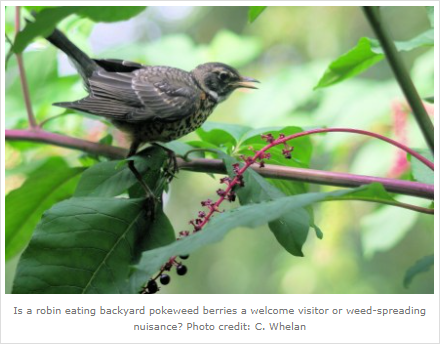
Urban residents’ perceptions of birds in the neighborhood: Biodiversity, cultural ecosystem services, and disservices is available at http://www.aoucospubs.org/doi/full/10.1650/CONDOR-14-128.1. Contact: J. Amy Belaire, jbelaire@stedwards.edu.
About the journal: The Condor: Ornithological Applications is a peer-reviewed, international journal of ornithology. The journal began in 1899 as the journal of the Cooper Ornithological Club, a group of ornithologists in California that became the Cooper Ornithological Society.
